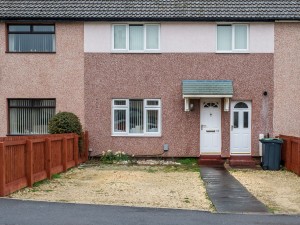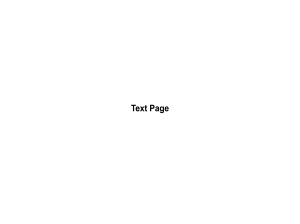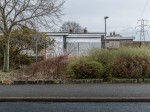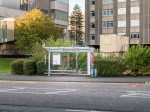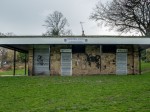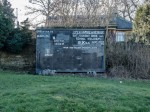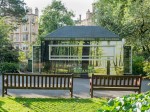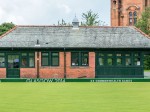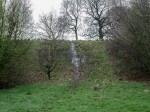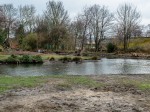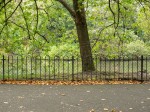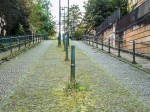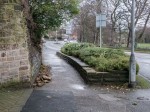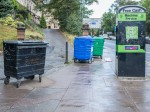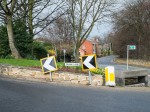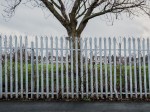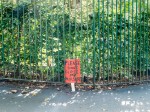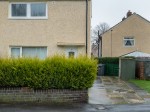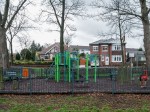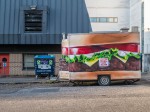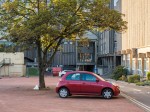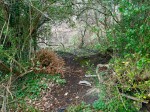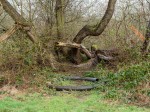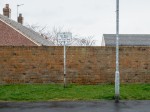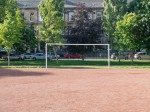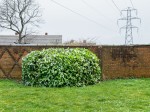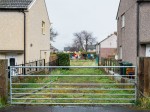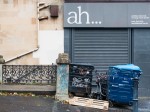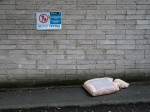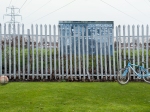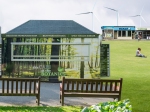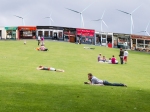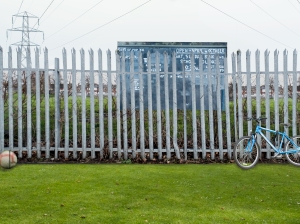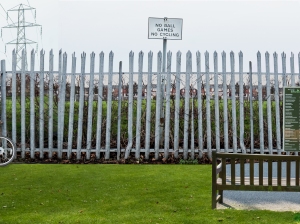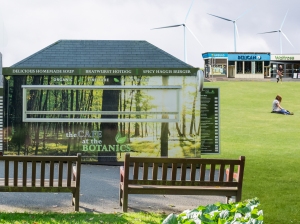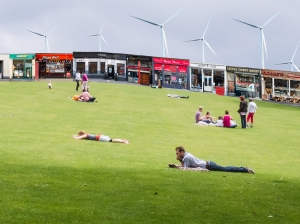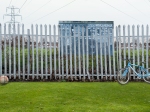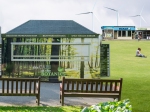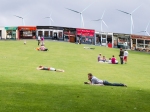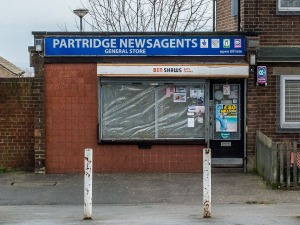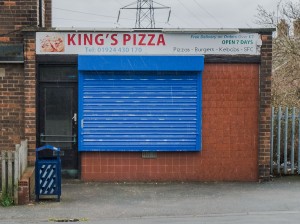This is just a post to reference my assessment submission for both the Body of Work and Contextual Studies, which has surprisingly taken me a whole month to pull together to the standard I wish.
Most of it has been posted hard copy, with reference to this blog, and tutor reports uploaded to the Assessment GDrive. I’ve also sent a separate electronic copy of the major essay as instructed so I believe that is that for these two modules.
Here is a copy of my contents list for the BoW Assessment submission:
Contents List for Assessment Submission:
Assignment Submissions:
- Booklet containing abridged details of each assignment submission, including ‘Land Values – An Introduction and Evaluation’ within Assignment 5.
Tutor Reports:
- Booklet containing a copy of each Tutor Report.
Course Blog:
- History of progress throughout this module towards the development of the Body of Work. Accessed via: https://paulmmajorproject.wordpress.com/
Body of Work:
- Book dummy containing the full Body of Work.
- Selection of A3 size prints of images contained within the book dummy.
Other:
- Note book used throughout the course (not necessarily of any value other than to myself).
- Note to Assessors – see below.
Note to Assessors:
The Body of Work is predominantly contained within the book dummy which folds into a four page layout: one half contains images from Thornhill (the place where I grew up), and the other half from Glasgow (where I recently moved to). The intention is for both the left and right side pages to be turned together so that accompanying images and text can be viewed together across the four page spread.
Only very minor changes were made to the book dummy between Assignment 5 and this Assessment Submission; therefore, as they are virtually identical only the final version is included in this submission. The one change that has been made is the use of lay-flat binding in this final version – trialled to inform any future refinement as part of ‘Sustaining Your Practice’.
A selection of A3 prints have also been included as part of the overall submission.
All I have got to do now is start the final module, and move house for the third and final time.
I will probably post a link to the next module once I have set it up, but for now thanks for everyone’s support both online and offline which has been invaluable in getting me to this stage – I special mention to Stan who’s encouragement has helped me get over the line.
Bye for now.

